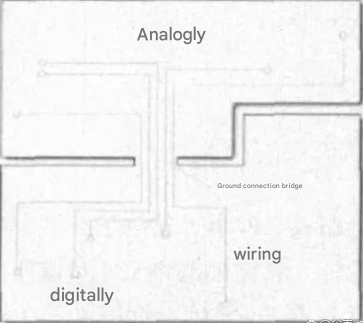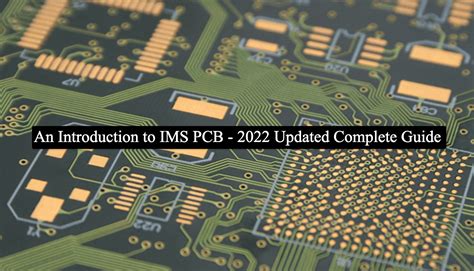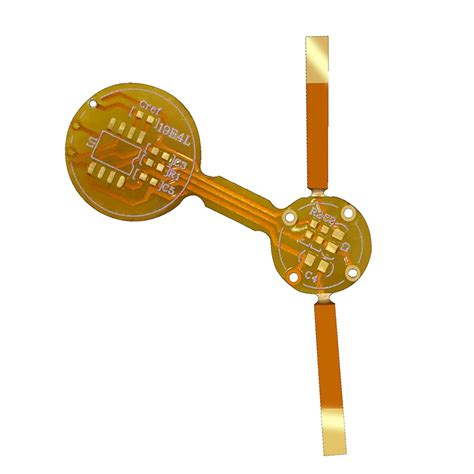Metal core pcb dielectric
Advantages Of Metal Core PCB Dielectric In High-Power Applications
Metal core printed circuit boards (PCBs) have emerged as a pivotal innovation in the realm of high-power applications, offering a range of advantages that make them indispensable in various industries.
At the heart of these benefits lies the metal core PCB dielectric, a crucial component that significantly enhances the performance and reliability of electronic devices operating under demanding conditions.
As we delve into the advantages of metal core PCB dielectric, it becomes evident that its unique properties cater to the specific needs of high-power applications, thereby setting it apart from traditional PCB materials.
One of the primary advantages of metal core PCB dielectric is its superior thermal management capabilities.
In high-power applications, excessive heat generation is a common challenge that can lead to reduced efficiency and potential damage to electronic components. The metal core, typically made of aluminum or copper, acts as an effective heat sink, dissipating heat away from critical components and ensuring optimal operating temperatures. This enhanced thermal conductivity not only prolongs the lifespan of the components but also maintains the overall performance of the device, making metal core PCBs an ideal choice for applications such as LED lighting, power converters, and automotive electronics.
In addition to thermal management, metal core PCB dielectric offers improved mechanical stability.
The robust nature of the metal core provides a sturdy foundation that can withstand mechanical stresses and vibrations, which are often encountered in high-power environments. This durability ensures that the PCB maintains its structural integrity over time, reducing the risk of failure and enhancing the reliability of the electronic device. Consequently, industries that demand high levels of reliability, such as aerospace and industrial automation, increasingly rely on metal core PCBs to meet their stringent requirements.
Furthermore, the use of metal core PCB dielectric contributes to the miniaturization of electronic devices.
As technology advances, there is a growing demand for compact and lightweight devices that do not compromise on performance. The efficient heat dissipation properties of metal core PCBs allow for the integration of more components in a smaller area without the risk of overheating. This capability facilitates the design of compact devices that are both powerful and efficient, catering to the evolving needs of modern consumers and industries alike.
Moreover, metal core PCB dielectric enhances the electrical performance of high-power applications.
The metal core provides a low-impedance path for electrical signals, reducing signal loss and improving overall efficiency. This characteristic is particularly beneficial in applications where high-frequency signals are prevalent, as it ensures that the integrity of the signal is maintained, leading to better performance and reduced energy consumption.
In conclusion, the advantages of metal core PCB dielectric in high-power applications are manifold, encompassing superior thermal management, enhanced mechanical stability, support for miniaturization, and improved electrical performance. These benefits collectively contribute to the growing adoption of metal core PCBs across various industries, as they address the critical challenges associated with high-power applications. As technology continues to evolve, the role of metal core PCB dielectric in enabling efficient and reliable electronic devices is likely to become even more pronounced, underscoring its significance in the future of electronics.
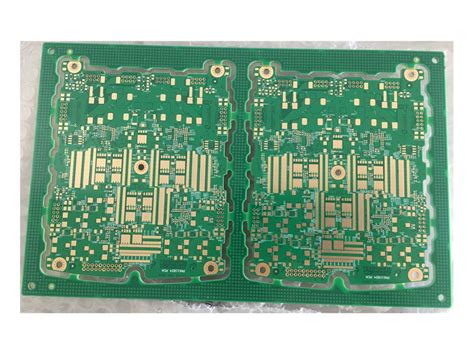
Thermal Management Solutions Using Metal Core PCB Dielectric
In the realm of modern electronics, efficient thermal management is a critical concern, particularly as devices become more compact and powerful. One innovative solution that has gained prominence is the use of metal core printed circuit boards (PCBs) with specialized dielectric materials. These PCBs are designed to effectively dissipate heat, thereby enhancing the performance and reliability of electronic components. Understanding the role of metal core PCB dielectric in thermal management is essential for engineers and designers seeking to optimize electronic systems.
Metal core PCBs are distinguished by their construction, which typically involves a metal substrate, such as aluminum or copper, layered with a dielectric material and topped with a conductive copper circuit layer.
The choice of dielectric material is crucial, as it directly influences the thermal conductivity and electrical insulation properties of the PCB. By selecting an appropriate dielectric, engineers can ensure that heat generated by electronic components is efficiently transferred to the metal core, where it can be dissipated away from sensitive components.
The dielectric material in metal core PCBs serves as an insulating layer that separates the conductive copper circuit from the metal substrate.
This layer must possess high thermal conductivity to facilitate the transfer of heat, while also maintaining electrical insulation to prevent short circuits. Advanced dielectric materials, such as thermally conductive polymers or ceramics, are often employed to achieve this balance. These materials are engineered to provide superior thermal performance compared to traditional FR-4 substrates, which are commonly used in standard PCBs.
Moreover, the integration of metal core PCBs with high-performance dielectric materials offers several advantages in thermal management.
Firstly, they enable the design of compact and lightweight electronic devices by reducing the need for additional heat sinks or cooling mechanisms. This is particularly beneficial in applications where space and weight are critical factors, such as in aerospace or portable consumer electronics. Additionally, the enhanced thermal conductivity of metal core PCBs allows for higher power densities, enabling devices to operate at greater efficiency and with improved reliability.
Furthermore, the use of metal core PCBs with specialized dielectric materials can lead to cost savings in the long run.
By effectively managing heat, these PCBs can extend the lifespan of electronic components, reducing the frequency of replacements and maintenance. This is especially important in industrial applications where downtime can result in significant financial losses. Additionally, the improved thermal performance can lead to energy savings, as devices can operate more efficiently without the need for excessive cooling.
In conclusion, the adoption of metal core PCBs with advanced dielectric materials represents a significant advancement in thermal management solutions for electronic systems. By facilitating efficient heat dissipation, these PCBs enhance the performance, reliability, and longevity of electronic devices. As technology continues to evolve, the demand for effective thermal management solutions will only increase, making metal core PCBs an indispensable component in the design of modern electronics. Through careful selection of dielectric materials and thoughtful integration into electronic systems, engineers can harness the full potential of metal core PCBs to meet the thermal challenges of today and tomorrow.
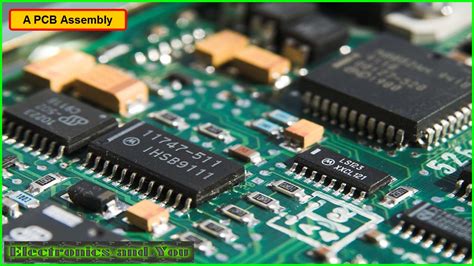
Innovations In Metal Core PCB Dielectric Materials
In recent years, the electronics industry has witnessed significant advancements in the development of metal core printed circuit boards (PCBs), particularly in the realm of dielectric materials. These innovations are driven by the increasing demand for efficient thermal management solutions in high-power applications. Metal core PCBs, which typically incorporate a metal base layer such as aluminum or copper, are designed to dissipate heat more effectively than traditional PCBs.
The dielectric layer, which serves as an insulating barrier between the metal core and the conductive copper traces, plays a crucial role in determining the thermal and electrical performance of these boards.
One of the primary innovations in metal core PCB dielectric materials is the development of high thermal conductivity dielectrics.
Traditional dielectric materials often have limited thermal conductivity, which can impede the heat dissipation capabilities of the PCB. To address this challenge, researchers have focused on enhancing the thermal conductivity of dielectric materials by incorporating thermally conductive fillers such as aluminum oxide, boron nitride, or silicon carbide. These fillers help to create a more efficient thermal pathway, allowing heat to be transferred away from critical components more effectively.
In addition to improving thermal conductivity, advancements in dielectric materials have also focused on enhancing their electrical properties.
Dielectric materials with low dielectric constants and low dissipation factors are highly desirable, as they minimize signal loss and ensure high-frequency performance. Innovations in polymer chemistry have led to the development of new resin systems that offer improved electrical properties while maintaining the necessary thermal performance. These advanced resin systems are often combined with the aforementioned thermally conductive fillers to create a dielectric material that meets the stringent requirements of modern electronic applications.
Moreover, the mechanical properties of dielectric materials have also been a focal point of innovation.
Metal core PCBs are often used in environments that subject them to mechanical stress, such as automotive or industrial applications. As a result, dielectric materials must possess sufficient mechanical strength and flexibility to withstand these conditions without compromising performance. Recent developments have seen the introduction of dielectric materials that offer enhanced mechanical properties, such as increased tensile strength and improved flexibility, ensuring that metal core PCBs can endure harsh operating environments.
Furthermore, environmental considerations have also influenced the development of new dielectric materials for metal core PCBs.
As the electronics industry moves towards more sustainable practices, there is a growing emphasis on developing materials that are environmentally friendly and comply with regulations such as the Restriction of Hazardous Substances (RoHS) directive. This has led to the exploration of alternative materials and manufacturing processes that reduce the environmental impact of PCB production while maintaining high performance.
In conclusion, the innovations in metal core PCB dielectric materials are driven by the need for improved thermal management, enhanced electrical and mechanical properties, and environmental sustainability. These advancements are crucial in meeting the demands of modern electronic applications, which require efficient, reliable, and environmentally responsible solutions. As research and development in this field continue to progress, it is expected that further breakthroughs will emerge, paving the way for even more sophisticated and high-performing metal core PCBs.
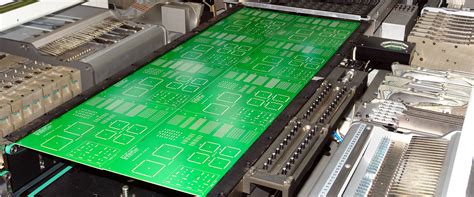
Comparing Metal Core PCB Dielectric To Traditional PCB Materials
In the realm of printed circuit boards (PCBs), the choice of materials plays a pivotal role in determining the performance, reliability, and efficiency of electronic devices. Among the various types of PCBs, metal core PCBs (MCPCBs) have garnered significant attention, particularly for applications requiring superior thermal management. The dielectric material used in MCPCBs is a critical component that distinguishes them from traditional PCBs, which typically utilize materials such as FR-4. Understanding the differences between these materials is essential for making informed decisions in PCB design and application.
To begin with, the primary distinction between metal core PCBs and traditional PCBs lies in their construction.
MCPCBs incorporate a metal core, usually aluminum or copper, which serves as a heat sink to dissipate heat away from critical components. This is particularly advantageous in high-power applications where thermal management is crucial. The dielectric layer in MCPCBs, which is sandwiched between the metal core and the copper circuitry, is specifically engineered to provide electrical insulation while facilitating efficient thermal transfer. In contrast, traditional PCBs rely on materials like FR-4, a composite of woven fiberglass cloth with an epoxy resin binder, which offers good electrical insulation but limited thermal conductivity.
The dielectric material in MCPCBs is typically a thermally conductive polymer, designed to maximize heat transfer from the circuit layer to the metal core.
This characteristic is vital in applications such as LED lighting, power converters, and automotive electronics, where excessive heat can lead to performance degradation or failure. The enhanced thermal conductivity of MCPCB dielectrics allows for more compact and efficient designs, as it reduces the need for additional heat dissipation components like heat sinks or fans. Consequently, this can lead to cost savings and increased reliability in the final product.
On the other hand, traditional PCB materials like FR-4 are well-suited for applications where thermal management is not as critical.
FR-4 offers excellent mechanical strength, electrical insulation, and is cost-effective for a wide range of applications. However, its thermal conductivity is significantly lower than that of MCPCB dielectrics, making it less suitable for high-power or high-temperature environments. This limitation can necessitate the use of additional thermal management solutions, which can increase the complexity and cost of the design.
Moreover, the choice between MCPCB and traditional PCB materials can also impact the manufacturing process.
MCPCBs require specialized fabrication techniques due to the presence of the metal core, which can affect factors such as drilling, routing, and layer alignment. These additional considerations can influence production timelines and costs. In contrast, traditional PCBs benefit from well-established manufacturing processes, which can be more straightforward and cost-effective for large-scale production.
In conclusion, the decision to use metal core PCB dielectric materials over traditional PCB materials hinges on the specific requirements of the application. MCPCBs offer superior thermal management capabilities, making them ideal for high-power and high-temperature environments. However, they may involve more complex manufacturing processes and higher initial costs. Traditional PCBs, while limited in thermal performance, provide a cost-effective solution for applications where thermal management is not a primary concern. Ultimately, understanding the trade-offs between these materials is crucial for optimizing PCB design and ensuring the performance and reliability of electronic devices.



